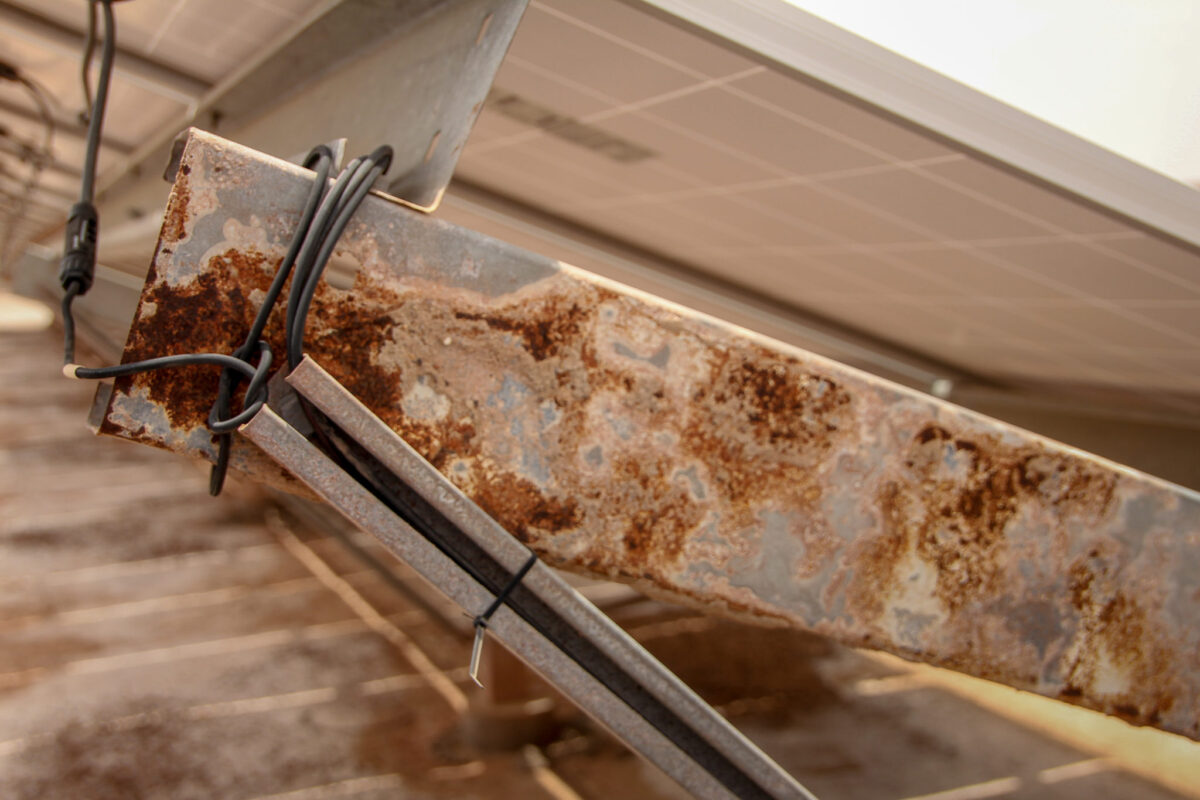Researchers at the University of Waterloo’s Department of Applied Mathematics, in Canada, claim the output of installed PV systems could be significantly raised by applying an algorithm they have developed. The solution, claim the researchers, optimizes maximum power point (MPP) tracking and enables better response to changes in the weather or other generation conditions.
The algorithm, described in the paper Nonlinear Optimal Feedback Control and Stability Analysis of Solar Photovoltaic Systems – published in IEEE Transactions on Control Systems Technology – focuses on dealing with oscillations in a system’s maximum power point and minimizing the energy lost during such shading or weather-driven fluctuations.
The team simulated applying the algorithm to PV systems under varying weather conditions and found it offered improved performance in the convergence rate and amplitude of oscillations around the MPP, compared with existing results.
Scaled up benefits
“We’ve developed an algorithm to further boost the power extracted from an existing solar panel,” said Milad Farsi, a PhD candidate at Waterloo’s Department of Applied Mathematics. “We do not change the hardware or require additional circuits in the solar PV system. What we developed is a better approach to controlling the hardware that already exists.”
The simulations demonstrated improved output of up to 138.9 kWh per year for a small residential solar array of a dozen 335 W modules.
“The savings may not seem significant for a small, home-use solar system,” said Jun Liu, a professor at the applied mathematics department, “but could make a substantial difference in larger scale ones such as a solar farm or in an area including hundreds of thousands of local solar panels connected to the power grid.”
Liu went on to calculate that if the algorithm was applied to Canada’s largest operational PV plant – the 97 MW Sarnia facility in Ontario – its output could be boosted by as much as 960 MWh per year. The researchers added, in environments where PV is prone to fast changing weather conditions, such as most of Canada, even more substantial improvements could be achieved.
This content is protected by copyright and may not be reused. If you want to cooperate with us and would like to reuse some of our content, please contact: editors@pv-magazine.com.




Hello all your mathematicians,
I’m more a mechanical guy and can’t see what algorithm is doing here, as long as it is not into a mechanical function. Like directing over production for the normal consumers, to other consumers or batteries.
I think there could never be too much sunshine, and if there is not enough, what can the algorithms do about it?
Thank you for explanations.
from he paper summary:
“Exploiting the fact that a Lyapunov function candidate can be considered as the steady-state solution of the Hamilton-Jacobi-Bellman (HJB) equation, we obtained the optimal feedback controller via minimizing the resultant Hamiltonian.”
I don’t understand it either. Guess: it’s done by modelling the system predictively rather than relying on a passive feedback rule. Similar wheezes have been applied to control of wind farms – if you can anticipate wind gusts, the pitch of the blades and the yaw of the nacelle can be readied before they hit. The math can be done by a tiny microcontroller whose CPU costs under a dollar.
Waterloo is a highly rated institution in STEM, with a Nobel prizewiner in physics in 2018 (Donna Strickland)..